Consumer Awareness of Food Safety
There is a growing awareness among Mexican consumers regarding food safety, which significantly influences the post harvest-treatment-products market. As consumers become more informed about the potential risks associated with foodborne illnesses, they increasingly demand products that are treated with safe and effective post-harvest solutions. This trend is prompting producers to invest in treatments that not only enhance the quality of their products but also ensure safety. The post harvest-treatment-products market is likely to benefit from this heightened awareness, as it drives the adoption of safer treatment methods that align with consumer expectations and regulatory requirements.
Increasing Demand for Fresh Produce
The rising consumer preference for fresh and high-quality produce in Mexico is a key driver for the post harvest-treatment-products market. As consumers become more health-conscious, they seek fruits and vegetables that are not only fresh but also free from contaminants. This trend has led to an increased demand for effective post-harvest treatments that can extend the shelf life of produce. According to recent data, the fresh produce market in Mexico is projected to grow at a CAGR of 5.2% from 2025 to 2030. Consequently, the post harvest-treatment-products market is likely to benefit from this growing demand, as producers invest in advanced treatments to meet consumer expectations.
Rising Export Opportunities for Mexican Produce
Mexico's position as a leading exporter of fruits and vegetables creates significant opportunities for the post harvest-treatment-products market. With exports valued at over $3 billion annually, the need for effective post-harvest treatments becomes paramount to ensure that products reach international markets in optimal condition. The post harvest-treatment-products market is likely to expand as exporters seek to comply with stringent international quality standards. This demand for high-quality produce necessitates the use of advanced treatment solutions, thereby driving market growth. As a result, the industry is expected to evolve to meet the needs of both domestic and international markets.
Technological Innovations in Treatment Solutions
Technological advancements play a crucial role in shaping the post harvest-treatment-products market. Innovations such as smart packaging, modified atmosphere storage, and advanced coatings are being developed to enhance the efficacy of post-harvest treatments. These technologies not only improve the shelf life of products but also reduce spoilage rates, which is particularly important in a country like Mexico, where agricultural losses can be substantial. The post harvest-treatment-products market is likely to see increased investment in research and development, as companies strive to create more effective and efficient treatment solutions that cater to the needs of the agricultural sector.
Government Initiatives for Agricultural Sustainability
The Mexican government has implemented various initiatives aimed at promoting agricultural sustainability, which significantly impacts the post harvest-treatment-products market. These initiatives often include financial incentives for farmers to adopt sustainable practices, including the use of eco-friendly post-harvest treatments. For instance, programs that support organic farming and reduce chemical usage are gaining traction. As a result, the post harvest-treatment-products market is witnessing a shift towards more sustainable treatment options, which not only comply with regulations but also appeal to environmentally conscious consumers. This shift is expected to enhance market growth as more farmers adopt these practices.


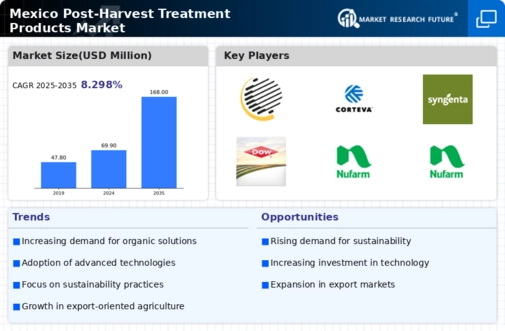
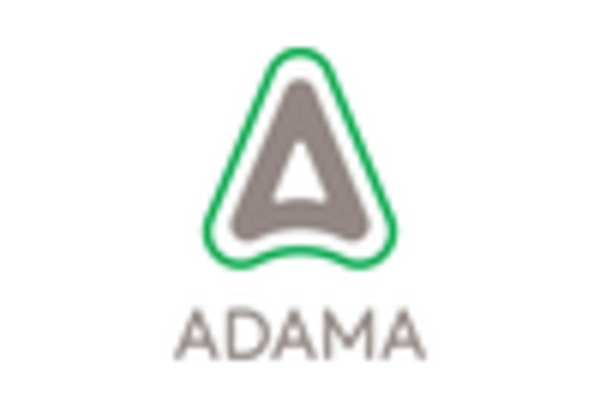
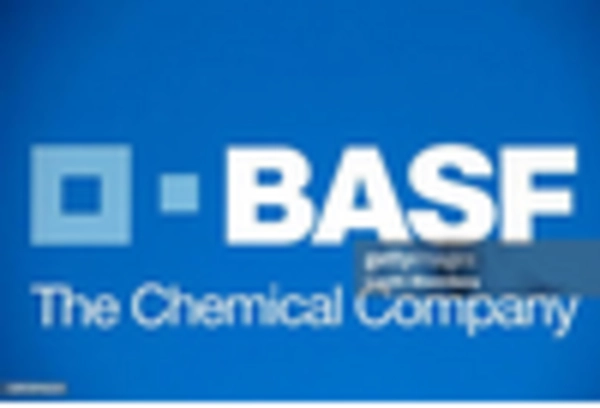
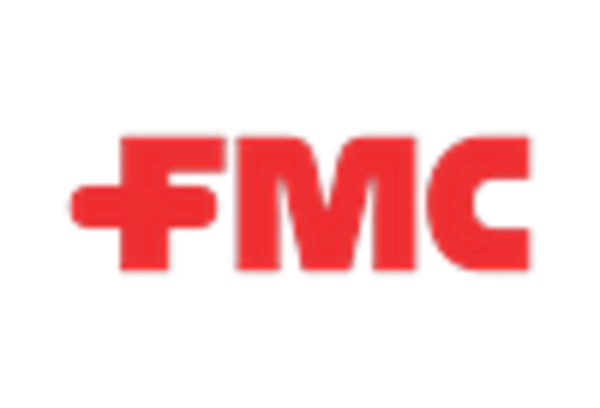
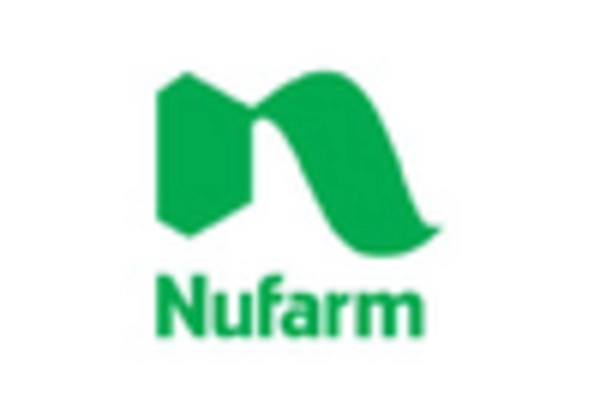
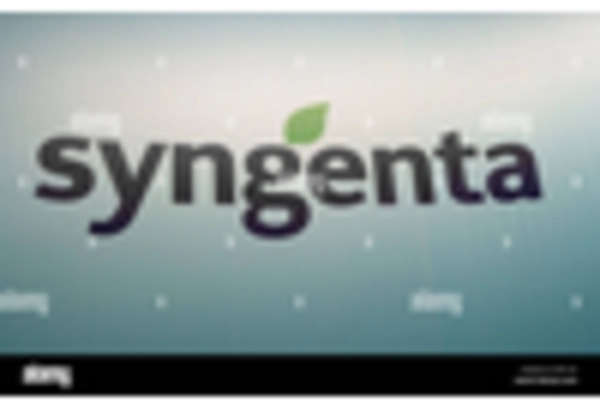
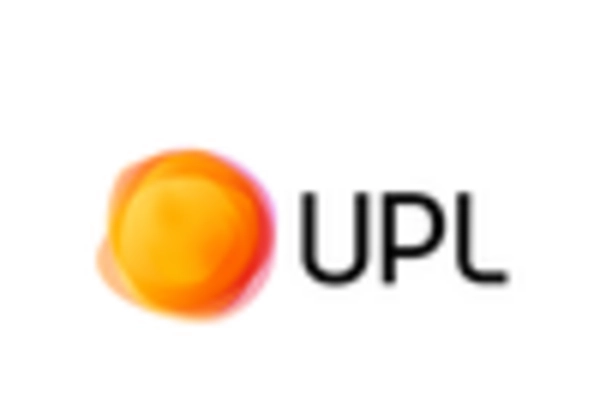








Leave a Comment